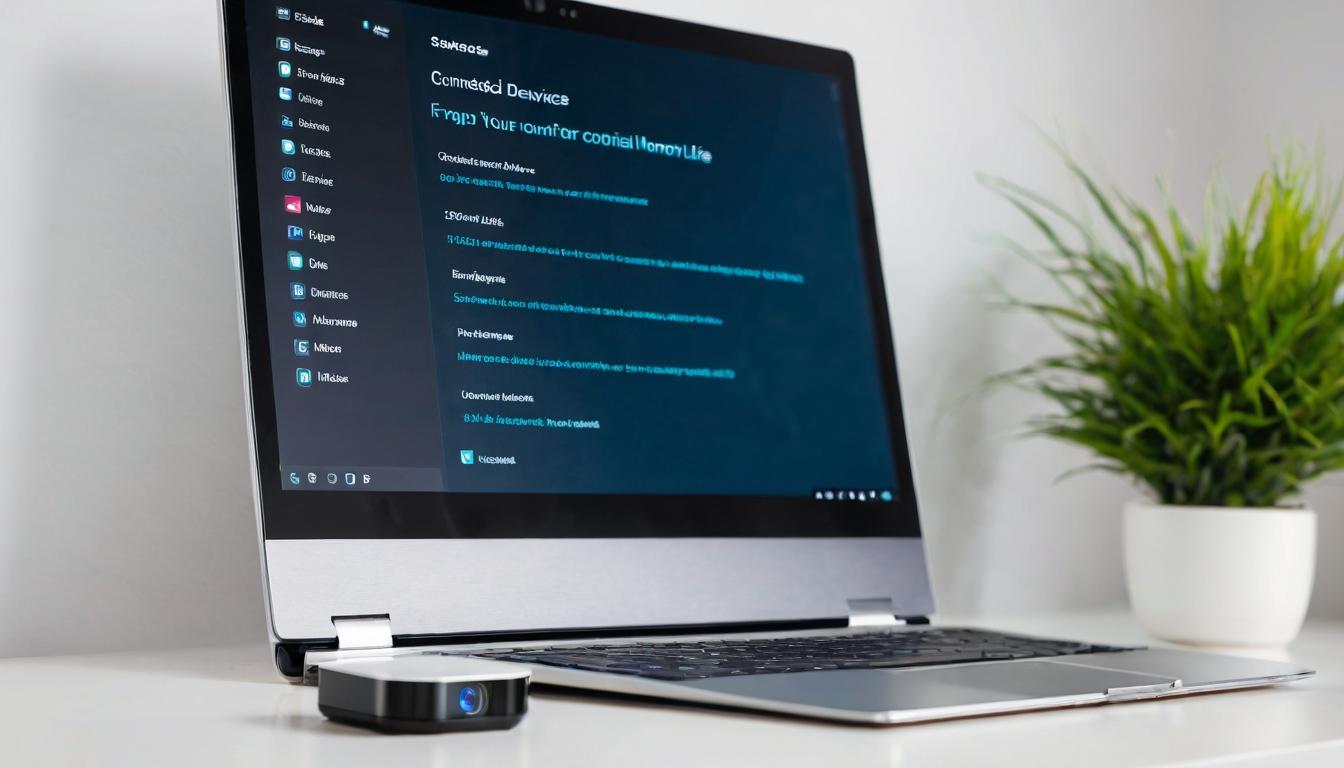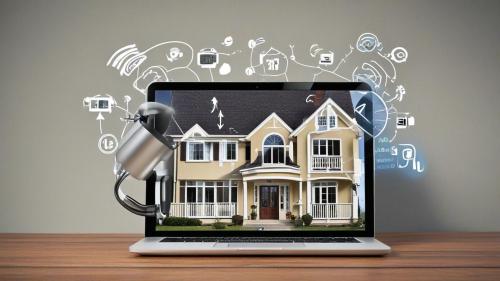In the quiet suburbs of Anytown, USA, a family's Nest camera suddenly began speaking to them in the middle of the night. The voice wasn't familiar—it was a stranger who had hacked their device, watching their every move. This isn't a scene from a thriller movie; it's happening in homes across the country as smart devices become both our guardians and potential vulnerabilities.
Smart home technology has exploded in popularity, with devices promising convenience, energy savings, and peace of mind. From voice-activated assistants to Wi-Fi enabled doorbells, these gadgets have woven themselves into the fabric of modern living. But behind the sleek interfaces and promised efficiencies lies a landscape of security risks that many homeowners never consider until it's too late.
The problem isn't just about individual devices—it's about the interconnected web they create. Each smart lightbulb, thermostat, or security camera represents another potential entry point for cyber intruders. Researchers have demonstrated how hackers can jump from a vulnerable smart plug to more sensitive devices like computers or security systems, creating a domino effect of compromised privacy.
Manufacturers often prioritize user convenience over security, leaving devices with default passwords, unpatched vulnerabilities, or inadequate encryption. Many consumers never change the factory settings, creating low-hanging fruit for cybercriminals. The result? Baby monitors that broadcast to strangers, smart locks that can be disabled remotely, and security systems that potentially expose more than they protect.
What makes these vulnerabilities particularly concerning is how they blend physical and digital threats. A hacked smart lock doesn't just expose data—it can literally unlock your front door. Compromised security cameras don't just risk your privacy—they provide burglars with real-time intelligence about your home's layout and your family's routines.
The solution isn't to abandon smart technology altogether, but to approach it with informed caution. Start with the basics: change all default passwords immediately after installation. Use strong, unique passwords for each device—password managers can help manage this complexity. Enable two-factor authentication wherever possible, adding an extra layer of security that can stop most attacks in their tracks.
Regular firmware updates are crucial, yet often overlooked. Manufacturers frequently release patches for discovered vulnerabilities, but these only help if users actually install them. Set aside time monthly to check for updates across all your devices—it's digital maintenance that's as important as changing your smoke detector batteries.
Network segmentation represents a more advanced but highly effective strategy. By placing smart devices on a separate Wi-Fi network from your computers and phones, you create a barrier that contains potential breaches. Many modern routers offer guest network features that work perfectly for this purpose, isolating your gadgets from your most sensitive digital assets.
Be selective about what you connect to the internet. Does your refrigerator really need Wi-Fi? Consider whether the convenience of remotely checking if you need milk outweighs the potential security implications. Every connected device increases your attack surface—sometimes the smartest choice is keeping something 'dumb'.
Privacy settings deserve careful attention. Many devices collect and share data by default—review these settings thoroughly and disable anything that isn't essential to functionality. Be particularly cautious with devices featuring always-on microphones or cameras, understanding that you're essentially installing potential surveillance equipment in your home.
When purchasing new devices, research the manufacturer's security track record. Look for companies that regularly issue security updates and have transparent policies about data handling. Avoid products from obscure brands that might disappear tomorrow, leaving you with unsupported, vulnerable hardware.
The human element remains both the weakest link and strongest defense in home security. Educate everyone in your household about digital hygiene—why we don't share passwords, how to recognize phishing attempts, and the importance of reporting anything unusual. Children especially need guidance about interacting with voice assistants and understanding that these devices aren't toys.
Consider professional monitoring services for critical systems like security alarms. While DIY solutions offer cost savings, professional services often include more robust security measures and faster response times to emergencies. The peace of mind might be worth the investment, particularly for families with specific security concerns.
As we embrace the Internet of Things, we must remember that security isn't a product we buy—it's a process we maintain. The connected home offers incredible benefits, but they come with responsibility. By taking proactive steps today, we can enjoy the conveniences of modern technology without becoming cautionary tales tomorrow.
The digital landscape of home security continues to evolve, with new threats and solutions emerging regularly. Staying informed through reputable security blogs and news sources helps homeowners adapt their defenses. Remember that perfect security doesn't exist—but layered, thoughtful protection can significantly reduce your risks while preserving the benefits of smart living.
The hidden risks of smart home devices and how to secure your digital life




